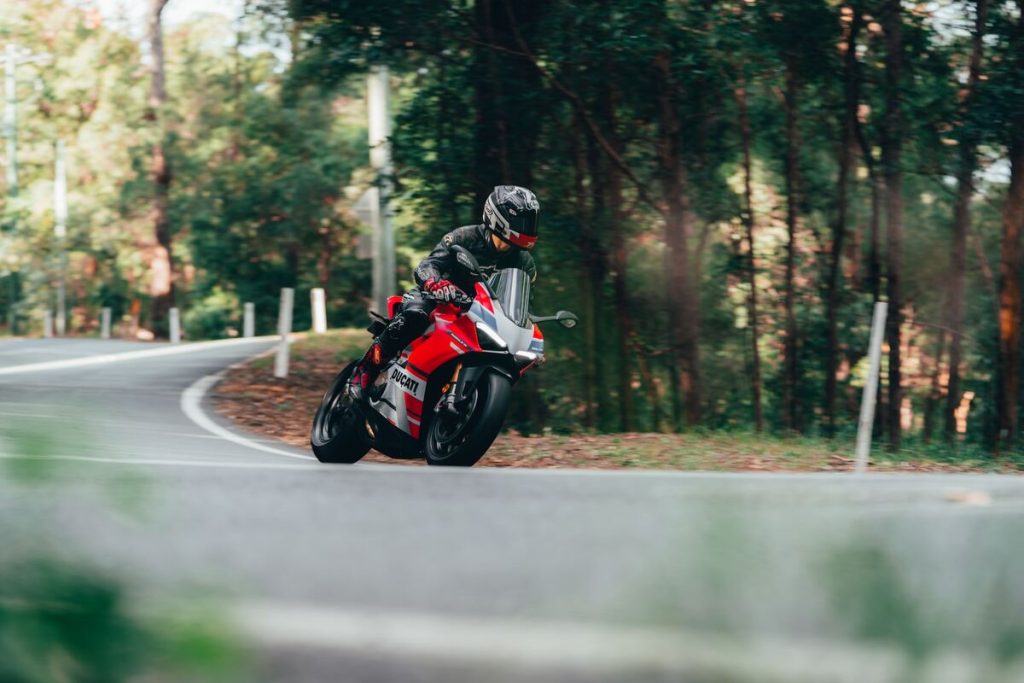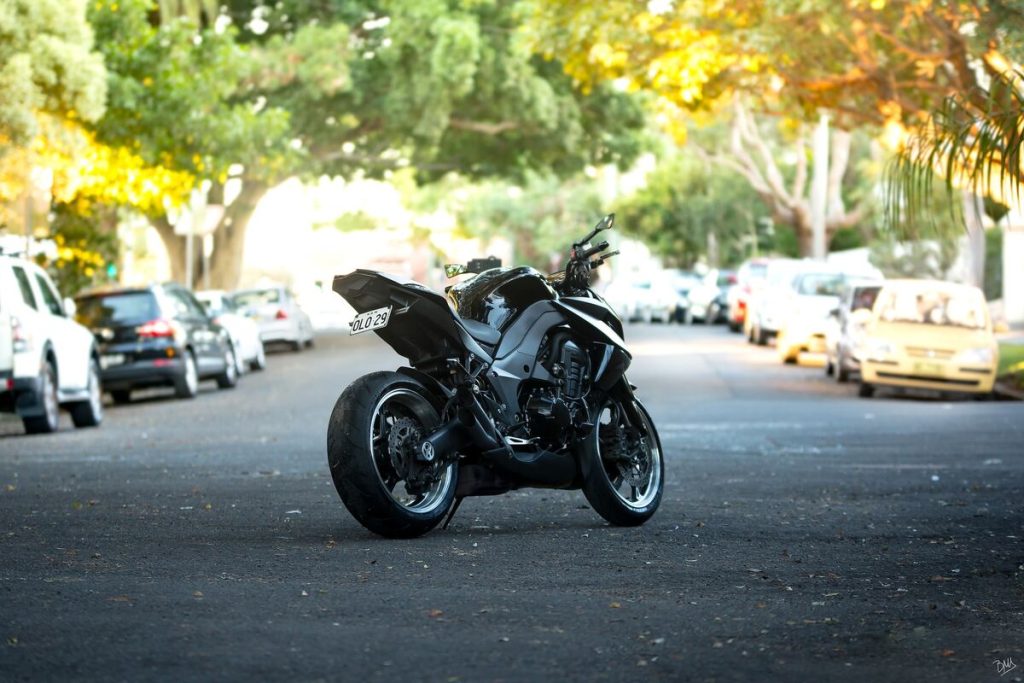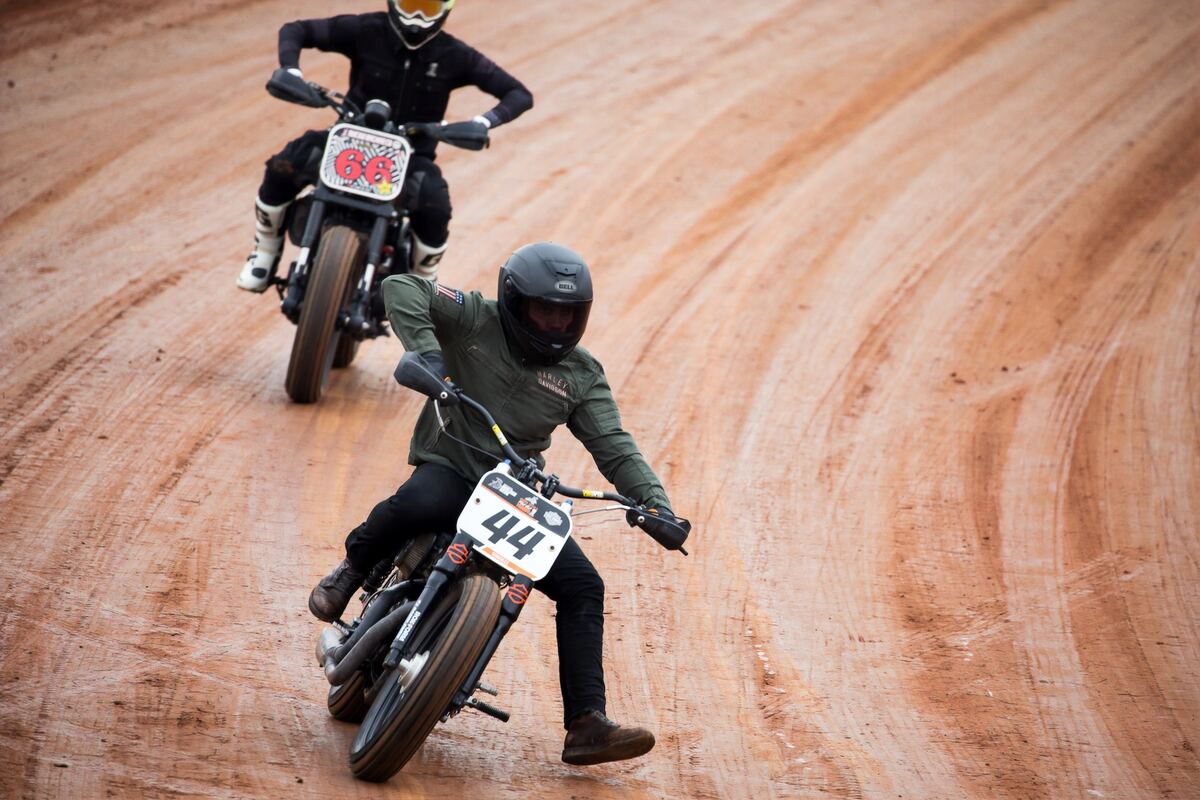
At noon I steered the machine over a single-lane asphalt ribbon, winding through a lush green pre-Alpine landscape. Shortly befor, I crossed the border with Austria and left the alpine road route. In the background were a few red-roofed country houses with colourful, flower-covered balconies.
Behind them: rugged mountains – it felt like traveling through the setting of a model-building Märklin railway. I rose my visor to let the wind in. Farmyard manure and damp meadows. But the best thing was that clouds broke, revealing blue skies. The sun did not only warm the landscape but also my rainy motorcyclist soul.
- Included bags not very durable
- Windscreen fixed and not adjustable
- Have to buy different bag mounts if you want hard cases
If you’re planning on riding to the Alps and start your trip in the west of Germany, be well-prepared.
Tina D.
During the power stroke, gas pressure pushes the piston downward but the angle of the connecting rod, transmitting that force to the rotating crankshaft, pushes the piston quite firmly against the rear cylinder wall. Then on compression, the resistance of the fuel-air mixture to being compressed above the piston again acts through the connecting rod, which is now angled to press the piston against the front cylinder wall.
The clouds hung low and swallowed the mountains
During a short break – it was raining, again – on the shore of the Königsee I let my fingers wander over the map while pressing my knees against the warm engine. The clouds hung low and swallowed the mountains. I did not really feel like it, but I buried the plan to steer the GS through the high mountains. Instead, I roughly followed the German Alpine Road westwards, hoping for dry roads and a great mountain panorama.



When such pistons were heated by combustion, their crowns expanded the most, so in order to avoid seizing in the ring belt (which runs hot because it’s just below the crown) Gilera had to provide ring-belt clearance over the full length of the piston, making it very loose in the bore. If there was enough clearance to prevent seizure in the piston ring belt, the resultant clattering produced cracking and piston breakup. If the clearance were reduced to prevent that, the pistons seized.
The answer was to have its pistons made by a specialist firm that had the dedicated production equipment to make oval pistons with the necessary two-stage taper. Gilera chose Borgo, who remains in the piston business to this day.



